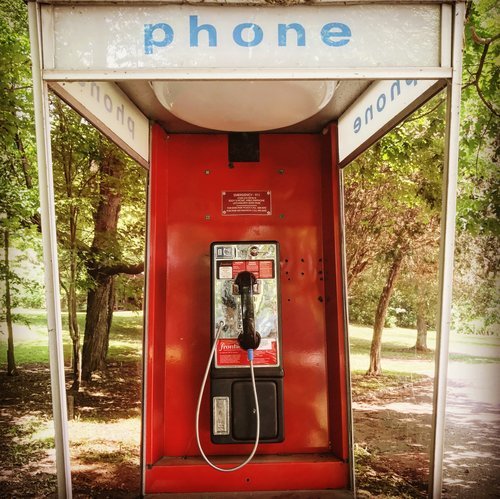Communicate for a Successful Visual Creative Project
I have worked with visual narrative productions projects with excellent clients, from simple to large scale productions. Even during the conceptualization phase, I am also looking at building a relationship so we can work on future projects together with a deeper level of efficiency, trust, and collaboration together. It is highly advantageous to evaluate the work style of a client so you can maximize efficiency but to the artistic end, to create deeper and more meaningful collaborative chemistry
Here are a few tips for a corporate or commercial visual project that can be helpful in creating a long-term relationship with your photographer.
The most important action is to be active with your communication. The more clarity you have with the photographer and creative team, the More accurately you can bring a team to full, an infestation of the initial concept. Share your budget, layouts, your original thoughts, technical concerns, short and long term use of the visual assets. All ideas and thoughts should be encouraged. Even what might seem like a bad idea, because it may begin an unexpected creative thread that leads to originality.
Budget - Be open to talking about your budget with your photographer. Much time can be wasted with a back and forth on estimating when there is no budget discussion. If the first choice of a photographer is more expensive than your budget, have that discussion with them and don't just walk away. For me, I am always striving to make the visual assignment a success, and sometimes a simple budget conversation allows for a more realistic fruition of the project with your first choice for a photographer.
Have a vision - I have worked with clients (art directors) with a strong vision and others who just want myself to figure it out. I enjoy working both ways though I mostly enjoy collaborating with the client, art director, and even the subject and assistant. We have to communicate, work as a team, respect each other's ideas, be flexible to change course and at the end of the day, the client needs to be happy. If you (as the art director) does not have a vision, just an idea. Then communicate with the photographer to make sure their vision is in alignment with your idea.
Do not forget details - communicate all your needs during the estimating phase. If your portraits need to have a vertical crop, but you feel there are times it will need to be a square, then communicate that detail. If you want to plan a small thing to be photographed on the side, then discuss that beforehand. I realize some things just happen at the last minute, but the less overlooked details, the better as that helps with the assignment's flow, making sure you covered the potential future use and creating a deeper trust with you and the photographer.
Be flexible and listen - The photographer is a business professional, and may have some good ideas that match up with your vision. You know what is best for your brand and be open to discussing and possibly implementing new ideas that match your vision and brand.
Compare apples to apples when bidding a project among a few commercial photographers. Sometimes the client calls one photographer, gives them the specs, then during a conversation with a second photographer new ideas arise and the projects are being estimated on different specs. If specs change, drop a quick email to the other photographer(s) to make sure you are getting an estimate based on the same job specifics.
Many enjoyable collaborations and long term clients come from communicating their needs, vision, and budget up front. Feel free to share your experiences in the comments section.

